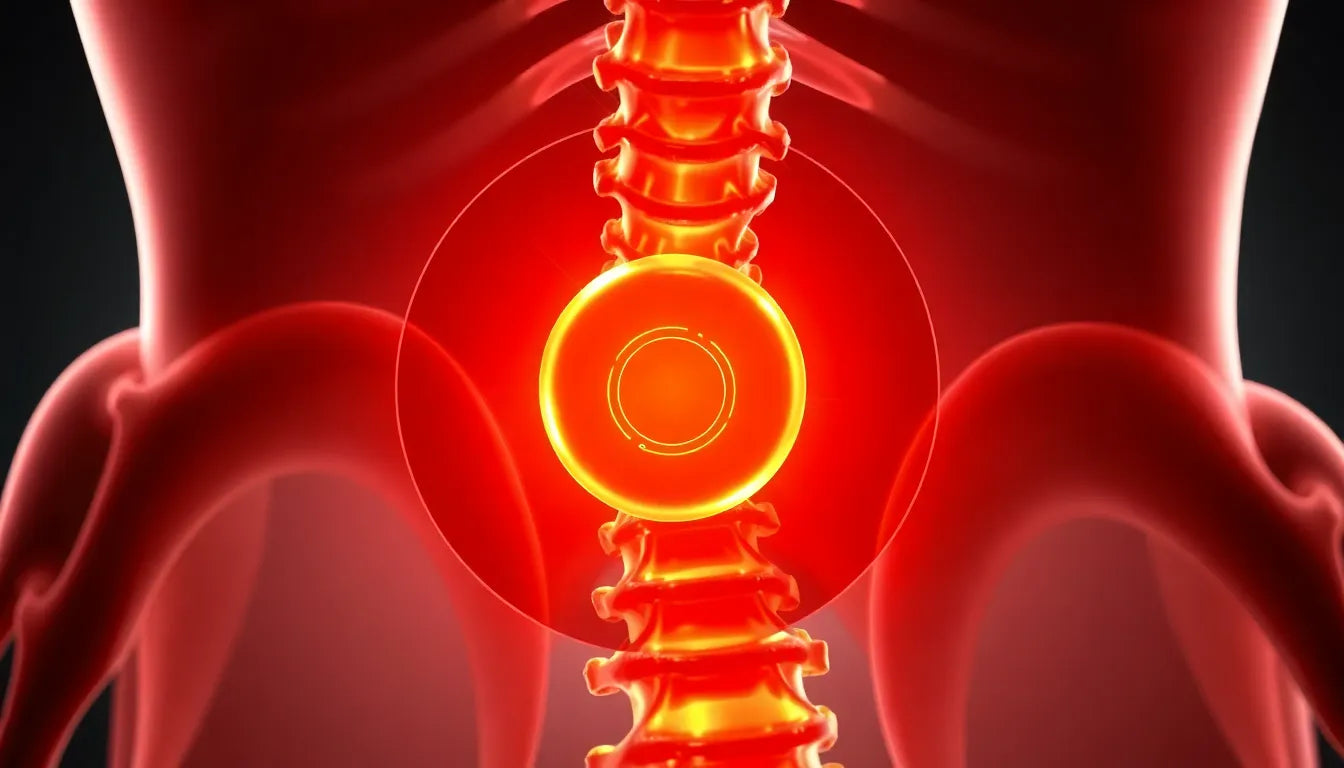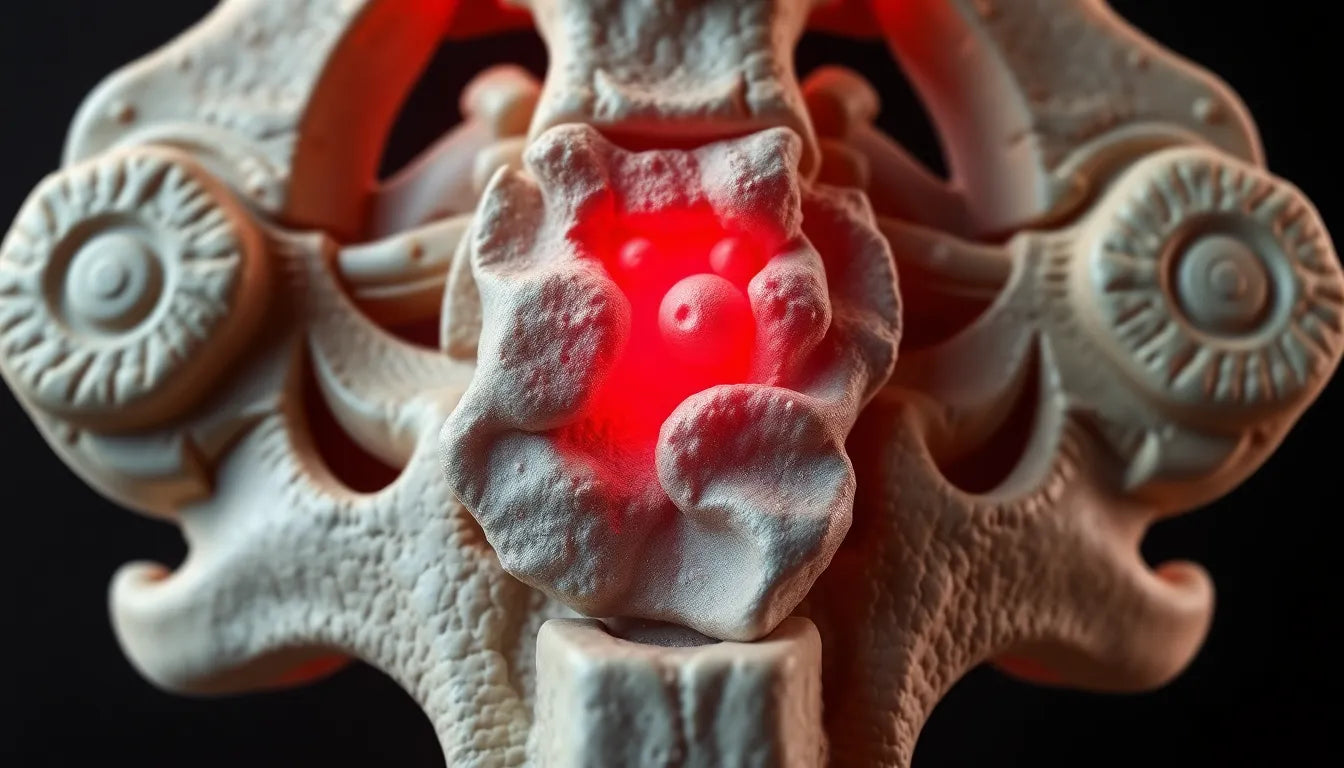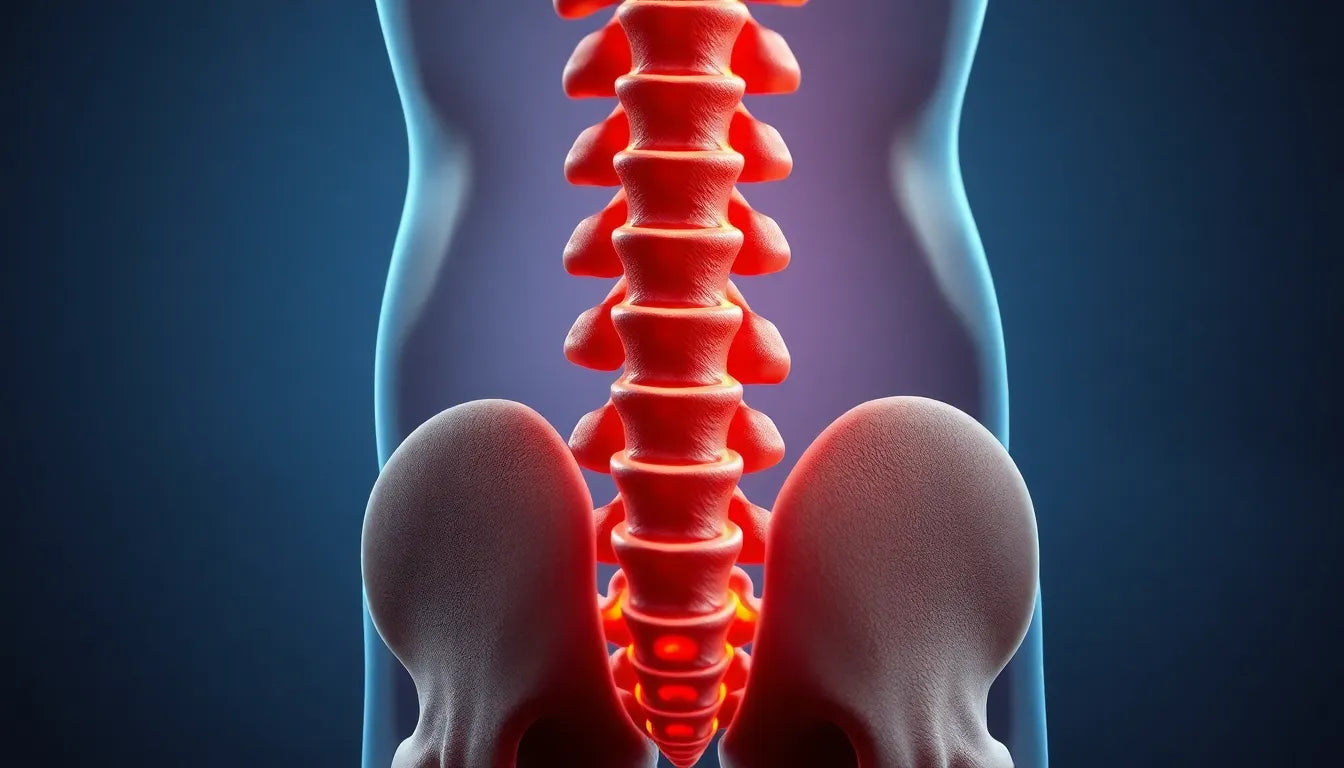Understanding the intricacies of spinal health is crucial, especially when it comes to conditions like herniated discs. A herniated disc occurs when the soft, gel-like center of a spinal disc pushes through a crack in its tougher exterior casing. This condition can lead to a range of symptoms, including pain, numbness, and weakness in the affected area, often disrupting daily activities and quality of life. Given the discomfort it causes, many individuals are eager to find out if a herniated disc can heal naturally, without the need for surgical intervention.
The body's ability to heal a herniated disc
The human body is an incredible machine, equipped with a natural healing process that can often mitigate the effects of a herniated disc over time. Central to this process is the body's immune response, which works to reduce inflammation and alleviate pain. When a disc herniates, the body can sometimes absorb the herniated material, helping to decrease the pressure on nerves and reduce symptoms. With appropriate care and lifestyle adjustments, many people experience significant relief and a gradual return to normal function.
Setting the stage for natural recovery
Understanding the potential for natural healing is the first step toward recovery. While the body has its mechanisms for healing, there are several non-surgical treatments that can support this process. These include rest, activity modification, pain management, and physical therapy, all of which can aid in reducing symptoms and promoting healing. By focusing on these conservative treatment options, individuals can often manage their condition effectively and avoid the need for more invasive procedures.
In the following sections, we will delve deeper into the body's natural healing capabilities, explore effective conservative treatments, and discuss preventive measures to maintain spinal health. Whether you're dealing with a herniated disc yourself or supporting someone who is, understanding these options is essential for fostering a path to recovery and long-term well-being.
The natural healing process of a herniated disc
When it comes to healing a herniated disc naturally, the body's immune response plays a pivotal role. This process involves the immune system gradually absorbing the herniated disc material, which can reduce inflammation and relieve pressure on affected nerves. This absorption process is not instantaneous and typically occurs over a period of several weeks to months. On average, many individuals begin to notice significant improvements within 12 weeks, although the timeline can vary based on the severity of the herniation and the individual's overall health.
The natural healing process is supported by the body's ability to adapt and repair itself. As the inflammation decreases, the symptoms such as pain and numbness often diminish, allowing for a better range of motion and an improved quality of life. However, patience and adherence to recommended lifestyle changes are crucial for this healing journey.
Conservative treatment options for herniated discs
Conservative treatments are essential for those looking to heal a herniated disc without surgery. One of the most important aspects of conservative care is rest and activity modification. While it's crucial to avoid activities that exacerbate symptoms, complete inactivity can lead to muscle atrophy. Instead, balance is key, incorporating gentle physical activities such as walking, swimming, and stretching to maintain muscle strength and flexibility.
Pain management is another critical component of conservative treatment. Over-the-counter medications, such as NSAIDs like ibuprofen or acetaminophen, can help manage pain and reduce inflammation. Additionally, applying heat or cold therapy can provide temporary relief and promote healing by improving blood flow and reducing muscle spasms.
Physical therapy is often recommended to support the healing process. A physical therapist can design a personalized exercise program that focuses on strengthening the core and back muscles, which are vital for supporting the spine. Common exercises include core strengthening routines, stretching, and low-impact aerobics, all of which aim to enhance flexibility and stability.
When to consider medical intervention
While many individuals find relief through conservative treatments, there are instances where medical intervention may be necessary. It is important to consult a healthcare professional if symptoms persist or worsen despite following a conservative care plan. Indicators for seeking medical advice include severe or increasing pain, significant weakness, or signs of nerve damage, such as loss of bladder or bowel control.
In cases where conservative treatments fail to provide relief, surgical options may be considered. Procedures such as microdiscectomy, which involves removing the herniated portion of the disc, can be effective for severe cases. However, surgery is typically viewed as a last resort, reserved for situations where other treatments have not succeeded in alleviating symptoms.
In conclusion, while healing a herniated disc naturally is possible for many, it requires a comprehensive approach that includes understanding the body's healing process, utilizing conservative treatment options, and knowing when to seek medical intervention. By adopting these strategies, individuals can often manage their condition effectively and improve their overall spinal health.
Preventive measures for maintaining spinal health
Preventing a herniated disc starts with making thoughtful lifestyle adjustments. Maintaining a healthy weight is crucial, as excess weight can increase pressure on the spine, potentially leading to disc herniation. Regular exercise is also vital, focusing on strengthening the core and back muscles, which provide essential support to the spine. Engaging in activities such as yoga, pilates, or strength training can enhance muscle tone and flexibility, reducing the risk of injury.
Ergonomic practices for everyday life
Implementing ergonomic practices both at work and home can significantly reduce the likelihood of developing a herniated disc. Proper posture is fundamental; ensure that your back is straight and shoulders are relaxed when sitting or standing. When setting up a workspace, adjust your chair and desk to promote a neutral spine position, and use supportive equipment like ergonomic chairs or standing desks.
Additionally, take regular breaks to stretch and move around, especially if your work involves prolonged sitting. These small adjustments can collectively make a substantial difference in spinal health over time.
Real-life testimonials and success stories
Many individuals have successfully navigated the path to healing a herniated disc naturally. For instance, Jane, a 45-year-old office worker, found relief through a combination of physical therapy and lifestyle changes. By incorporating daily stretching routines and adjusting her workspace ergonomically, she managed to alleviate her symptoms significantly over several months.
Similarly, Tom, an avid runner, overcame his herniated disc by modifying his exercise regimen to include low-impact activities and core strengthening exercises. These testimonials underscore the potential for natural healing and provide hope and motivation for others facing similar challenges.
Interactive tools for personalized guidance
To further assist those dealing with a herniated disc, consider utilizing interactive tools such as quizzes or calculators. These resources can help individuals assess their condition's severity and explore suitable treatment options. By providing personalized insights, such tools can empower users to make informed decisions about their health and recovery journey.
Frequently Asked Questions
Can a herniated disc heal on its own?
Yes, most herniated discs can heal naturally over time with appropriate conservative care, allowing many individuals to avoid surgery.
How long does it take for a herniated disc to heal naturally?
Typically, a herniated disc can heal within 12 weeks, but this timeline can vary depending on the individual's health and the herniation's severity.
What are the best exercises for a herniated disc?
Gentle exercises such as walking, swimming, and specific physical therapy routines designed to strengthen the core and back are recommended.
When should I see a doctor for a herniated disc?
Seek medical advice if symptoms persist or worsen despite conservative treatment, or if there are signs of severe nerve damage, such as significant weakness or loss of bladder control.
Are there any long-term effects of a herniated disc?
While many recover fully, some may experience chronic pain or require ongoing management to prevent future issues. Regular exercise and ergonomic practices can help mitigate long-term effects.


















